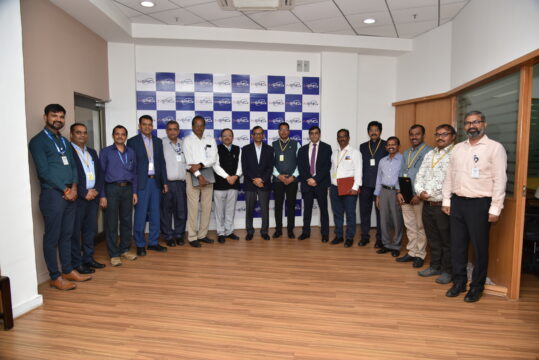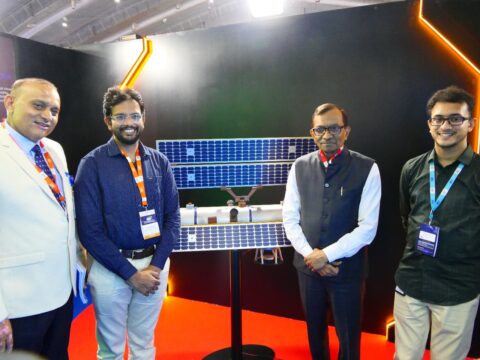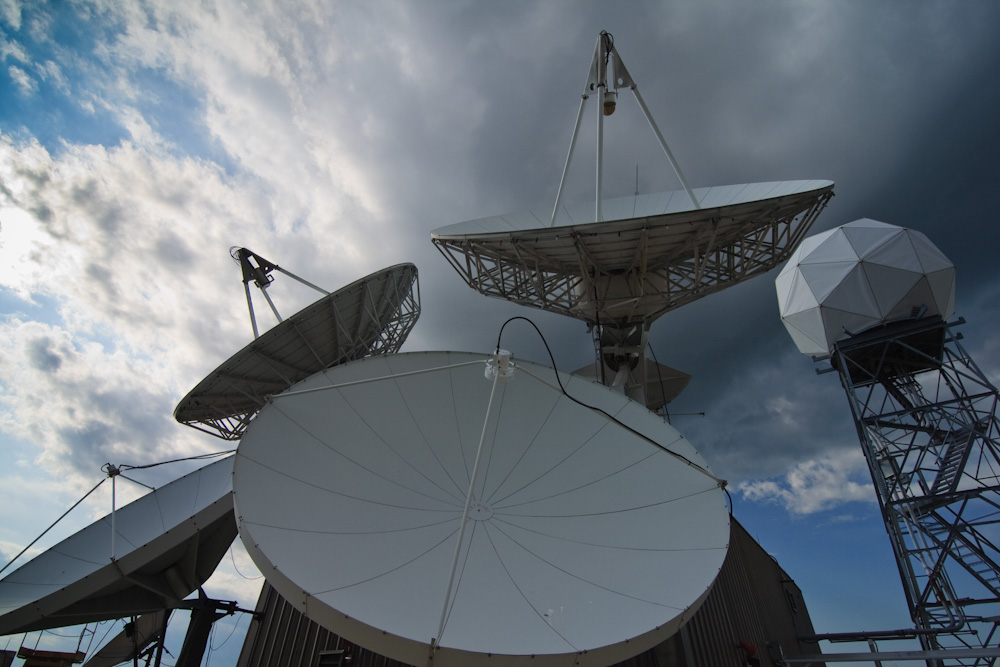The Indian Space Research Organisation (ISRO), Indian National Space Promotion and Authorization Centre (IN–SPACe), and NewSpace India Limited (NSIL) have achieved the significant milestone of 75 Technology Transfer Agreements being signed with NGEs. Five Technology Transfer Agreements (TTAs) were signed on 20th September 2024 at IN-SPACe, Bengaluru bringing the total number of TTAs signed post space reforms to seventy-five. The five TTAs signed today were with M/s Anabond Ltd., M/s Salvo Industries Pvt Ltd., M/s Micropack Pvt Ltd., and M/s Astra Microwave Products Ltd.
Read more: A high res multispectral payload delivering the largest area coverage from India
Post space reforms in India, a significant number of collaborations have taken place between ISRO and various Non-Governmental Entities (NGEs). The Technology Transfer Agreements (TTAs) aim to give private players the opportunity to access the developed technologies available with ISRO, enabling them to use space-related technology for commercial applications in space as well as other sectors such as agriculture, energy, infrastructure, defence, telecommunications, and cybersecurity.
Our focus will continue to be on enabling greater participation, fostering new ventures, and strengthening India’s position in the global space ecosystem — Dr Pawan Goenka, Chairman, IN-SPACe
Dr Pawan Goenka, Chairman, IN-SPACe said, “The milestone of achieving 75 Technology Transfer Agreements marks a significant step forward in empowering India’s space private sector to harness cutting-edge space technologies for not just commercial applications, but also applications beneficial to society. This reflects our effort at IN-SPACe in facilitating successful collaborations between ISRO, NSIL and non-governmental entities, supporting them in driving innovation and contributing to the growth of a thriving space economy in India. Our focus will continue to be on enabling greater participation, fostering new ventures, and strengthening India’s position in the global space ecosystem.”

This move reflects India’s growing focus on promoting private participation in the space sector, encouraging innovation, and boosting the development of a robust space industry ecosystem. It highlights the increasing collaboration between the government and private players, contributing to advancements in space technology and expanding opportunities in sectors like satellite communication, launch services, and space exploration.
Project 200 Launch
In another space news, Bellatrix Aerospace, a Bengaluru-based new-age space mobility company, unveiled Project 200, an innovative satellite designed to operate at an Ultra-Low Earth Orbit (180-250 km), a range previously unattainable. This orbit transforms today’s satellite capabilities exponentially and reimagines the way a satellite connects with the planet.

Project 200 is a technology demonstration mission to qualify a new unconventional satellite powered by an innovative propulsion system at around 200 kms. This technology would become a game changer for satellite owners and operators, revolutionizing various applications, including high-resolution Earth observation, telecommunications, and scientific research.
Propulsion is always the heart of a satellite and cracking this part of the puzzle was of crucial importance. We have a breakthrough in propulsion technology that would allow satellites to operate from this orbit for years instead of deorbiting within few days due to drag. We are not just building a propulsion solution, but a first of a kind satellite capable of operating from this altitude — Rohan M Ganapathy, Co-Founder, CEO and CTO of Bellatrix Aerospace
Talking about the innovation, Rohan M Ganapathy, Co-Founder, CEO and CTO of Bellatrix Aerospace said, “Traditionally, satellites have been deployed in orbits at altitudes well above 450 kilometers. This altitude choice has been influenced by various considerations, such as the desire to minimize the impact of atmospheric interference on satellite operations. Though it is known that a satellite’s capabilities improve significantly at 200km, limitations on propulsion technology have prevented satellites from operating at this orbit. Over the last 4 years, Bellatrix has been working on solving this. Propulsion is always the heart of a satellite and cracking this part of the puzzle was of crucial importance. We have a breakthrough in propulsion technology that would allow satellites to operate from this orbit for years instead of deorbiting within few days due to drag. We are not just building a propulsion solution, but a first of a kind satellite capable of operating from this altitude.”
Read more: India’s space tech sector surges with record-breaking funding
The company claims that, at this altitude, a satellite’s capability would improve significantly since the communication latency is reduced by half, image resolution improved by 3X, while also reducing the satellite cost by a significant magnitude.
Satellite technology has hit a barrier on what is possible from LEO, MEO and GEO orbits. We are now creating the next generation satellite that would not only become a game changer for today’s satellite applications, but also open up new possibilities that were never serviced by the satellites before — Yashas Karanam, Co-founder and COO
Yashas Karanam, Co-founder and COO added, “Satellite technology has hit a barrier on what is possible from LEO, MEO and GEO orbits. We are now creating the next generation satellite that would not only become a game changer for today’s satellite applications, but also open up new possibilities that were never serviced by the satellites before. Project 200 is a pivotal step in our mission to reimagine tomorrow’s space capabilities.”












